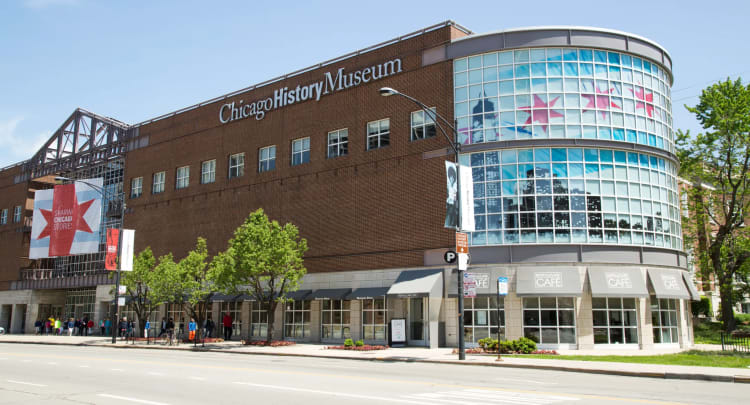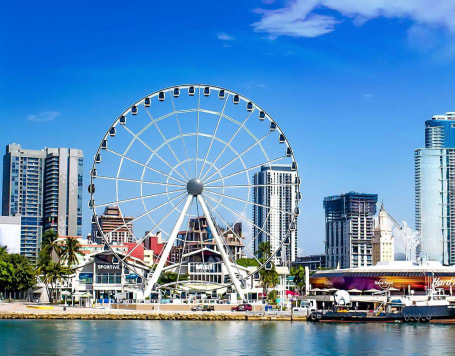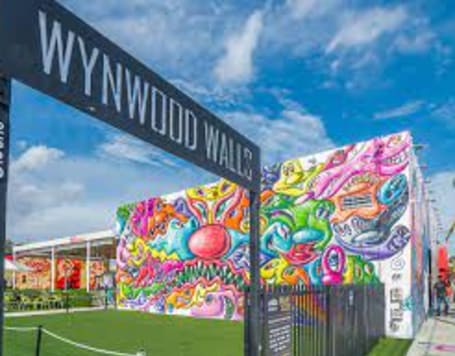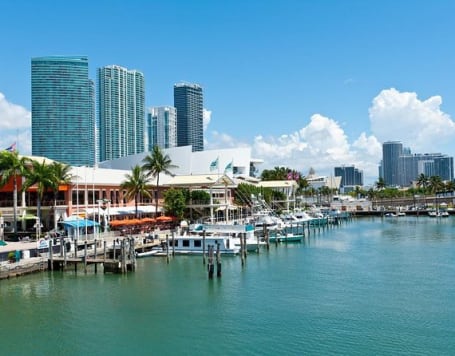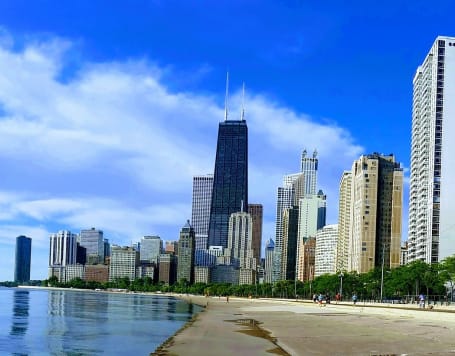The Chicago History Museum offers a wide array of highlights and notable features that capture the essence of the city's history. Here are some key highlights:
The Great Chicago Fire: Explore the museum's exhibit dedicated to the Great Chicago Fire of 1871, which devastated the city but also served as a turning point in its history, leading to significant architectural and cultural transformations.
Lincoln's Chicago Connection: Discover artifacts and exhibits related to Abraham Lincoln and his connection to Chicago. One of the most iconic items is the bed in which Lincoln died, which holds great historical significance.
Chicago: Crossroads of America: This permanent exhibit explores Chicago's role as a transportation hub and showcases the city's contributions to industries like manufacturing, commerce, and infrastructure development.
Vivian Maier's Photography: View a collection of remarkable photographs taken by Vivian Maier, a nanny who captured street scenes and everyday life in Chicago during the mid-20th century. Her work was discovered after her death and gained worldwide recognition.
Sensing Chicago: Designed specifically for children, this interactive exhibit engages young visitors through sensory experiences, allowing them to explore the city's history using their senses of touch, sight, sound, and smell.
Chicago Neighborhoods: Delve into the diverse neighborhoods that make up Chicago, each with its unique history, culture, and contributions to the city's development. This exhibit sheds light on the city's vibrant communities.
Prohibition Era: Learn about the impact of Prohibition on Chicago, known for its speakeasies, organized crime, and the rise of influential figures like Al Capone. Discover the stories behind the era's illicit activities and the efforts to enforce temperance laws.
Chicago Sports: Experience the excitement of Chicago's sports history, featuring exhibits dedicated to the city's beloved teams such as the Chicago Cubs (baseball), Chicago Bears (football), and Chicago Bulls (basketball), showcasing memorable moments and iconic players.
Changing Exhibitions: The museum regularly hosts temporary exhibitions that explore various aspects of Chicago's history, highlighting specific events, communities, cultural movements, and significant figures that shaped the city.
Educational Programs and Events: Engage with the museum's educational programs, lectures, workshops, and events, which offer opportunities to deepen your understanding of Chicago's history and connect with scholars, historians, and experts in the field.
These highlights represent just a glimpse into the rich offerings of the Chicago History Museum. The museum's diverse exhibits and programs provide visitors with a comprehensive and engaging exploration of the city's past, making it a must-visit destination for anyone interested in Chicago's history and its enduring impact.


